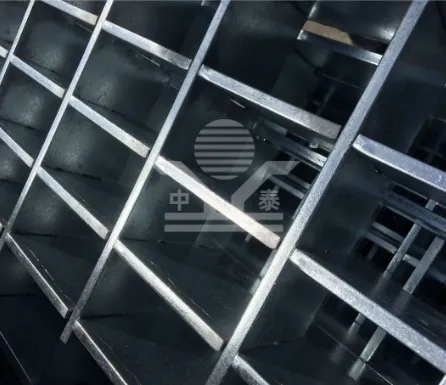Understanding Sound Barriers How They Work
Sound barriers are crucial in our modern world, primarily aimed at mitigating the impact of noise pollution in urban environments and around transportation infrastructures like highways and railways. These structures play a vital role in protecting communities from the undesirable effects of excessive noise, which can lead to health problems and reduced quality of life. In this article, we will explore the mechanics behind sound barriers, the physics of sound, and various designs and materials used in their construction.
The Physics of Sound
Before delving into how sound barriers work, it’s essential to understand the nature of sound itself. Sound is a type of energy made by vibrations. When an object vibrates, it creates sound waves that travel through the air (or other media) to our ears. These waves are characterized by their frequency, wavelength, and amplitude. The frequency determines the pitch of the sound, the wavelength indicates the distance between successive waves, and amplitude measures the loudness.
When sound waves encounter a surface, they can be reflected, absorbed, or transmitted through that surface. This interaction is fundamental to the functioning of sound barriers. Essentially, a sound barrier is designed to block or reduce the transmission of these sound waves from one area to another.
How Sound Barriers Work
Sound barriers are typically large, solid structures placed along roads, railway lines, airports, or other loud environments. By obstructing the path of sound waves, they help reduce the noise that reaches neighboring residential areas.
1. Reflection When sound waves hit a barrier, a portion of the energy is reflected back toward the source. This is particularly effective for low-frequency sounds, which tend to travel further and are more challenging to block. The effectiveness of sound reflection depends on the height and density of the barrier. Taller and denser barriers reflect more sound.
2. Absorption Some sound barriers are designed to absorb sound waves rather than just reflect them. Materials with high absorption coefficients, like porous or soft materials, can trap sound energy, converting it into minimal heat. This is particularly useful for higher frequency sounds, which are more easily absorbed.
how do sound barriers work

3. Diffraction Sound waves can bend around obstacles, a phenomenon known as diffraction. Sound barriers are strategically designed to minimize this effect. While no barrier can eliminate sound completely, effective design can significantly reduce noise levels.
Design and Materials
The design of sound barriers can greatly influence their effectiveness. Common types of sound barriers include
- Concrete Walls These are among the most effective sound barriers due to their mass and rigidity, which reflect most sound waves. - Earth Berms These are mounds of earth that can act as natural noise barriers. They not only absorb sound but also blend well with the environment.
- Acoustic Fences Made from materials like wood or composite plastic, these fences can be designed with sound-absorbing features.
- Green Walls Incorporating vegetation, these barriers are considered aesthetically pleasing and can also absorb sound through the leaves and branches.
In terms of material selection, various types of sound-absorbing materials can enhance a barrier's performance. Fabrics, foam, and specially treated panels are often integrated into the design to improve sound absorption.
Conclusion
In summary, sound barriers serve a critical purpose in reducing noise pollution and protecting the quality of life in urban and suburban areas. By understanding the physics of sound and the mechanics of how sound barriers work, we can appreciate the engineering design considerations that go into creating these structures. As noise pollution continues to be an increasing concern in our rapidly urbanizing world, the role of sound barriers will undoubtedly become even more significant, prompting continual innovations in their design and effectiveness. Thus, the sound barrier not only stands as a physical obstacle but also as a testament to our efforts in engineering a quieter, more peaceful environment.
-
Turn Down the Noise: The Future of Highway Sound Barriers
NewsApr.09,2025
-
Silence the Sound: The Power of Highway Noise Barriers
NewsApr.09,2025
-
Reduce Road Noise Effectively with Highway Noise Barriers
NewsApr.09,2025
-
Noise-Free Living: How Highway Barriers Make a Difference
NewsApr.09,2025
-
Engineered for Silence: Highway Noise Barriers for Every Road
NewsApr.09,2025
-
Effective Noise Control: Highway Barriers for a Quieter Tomorrow
NewsApr.09,2025
Subscribe now!
Stay up to date with the latest on Fry Steeland industry news.

